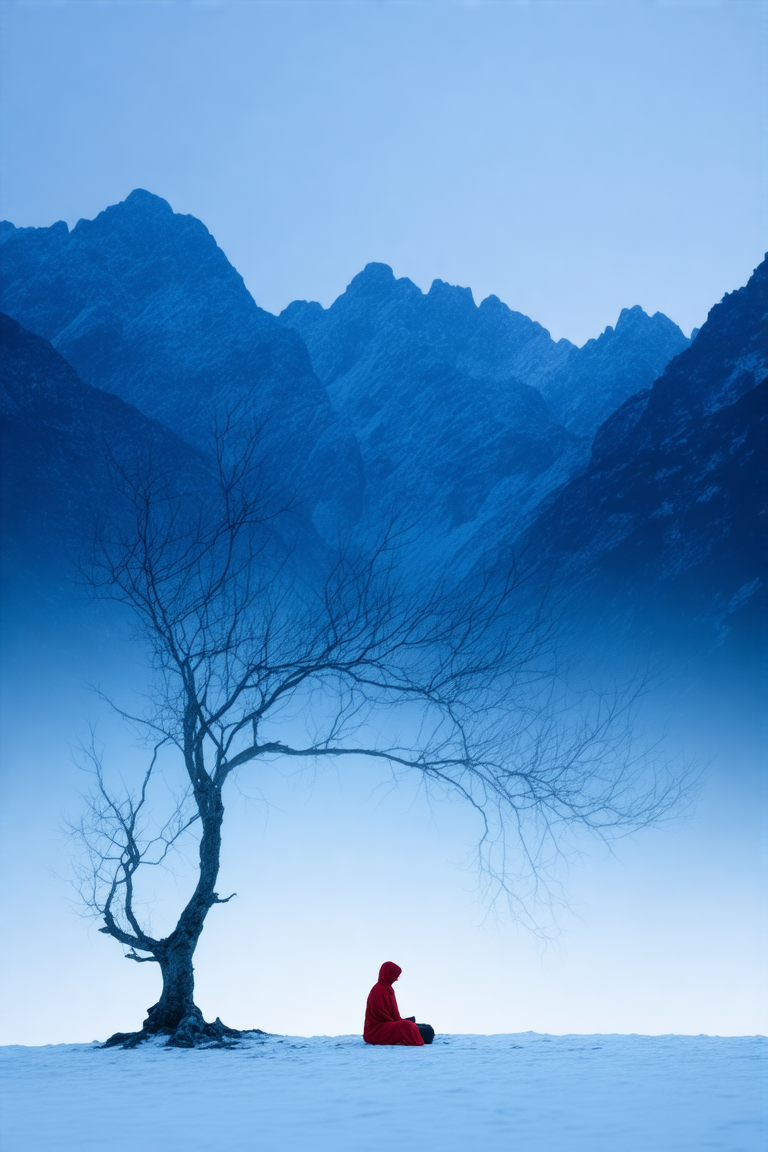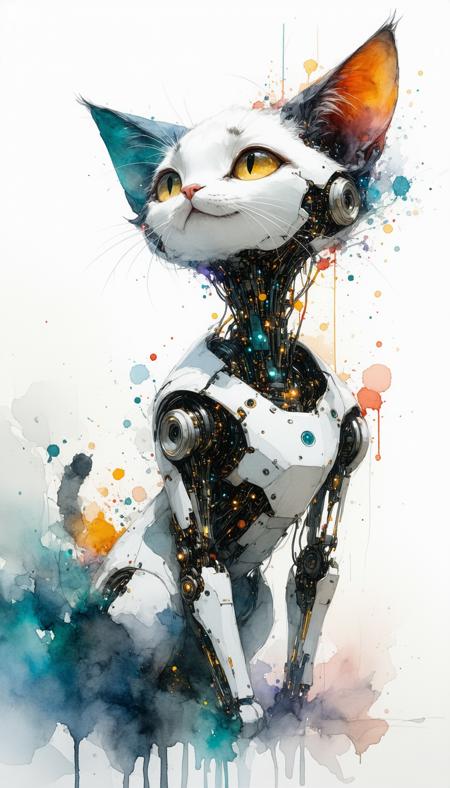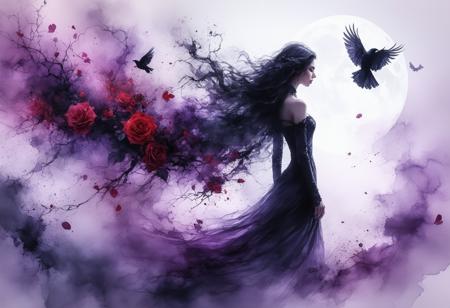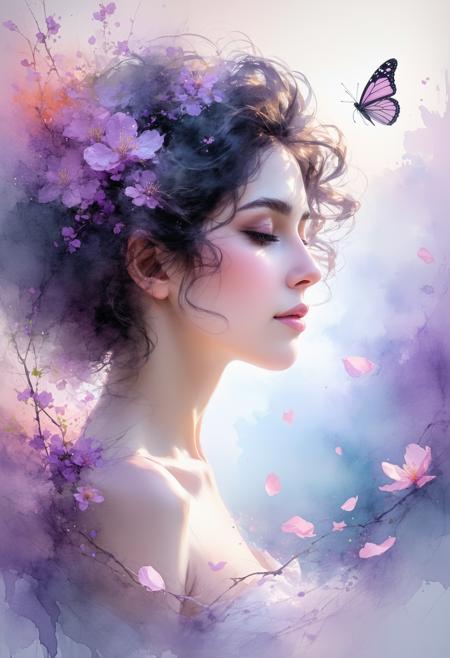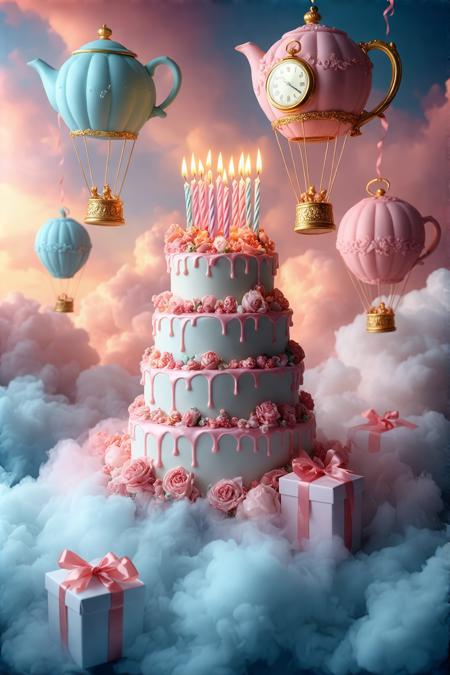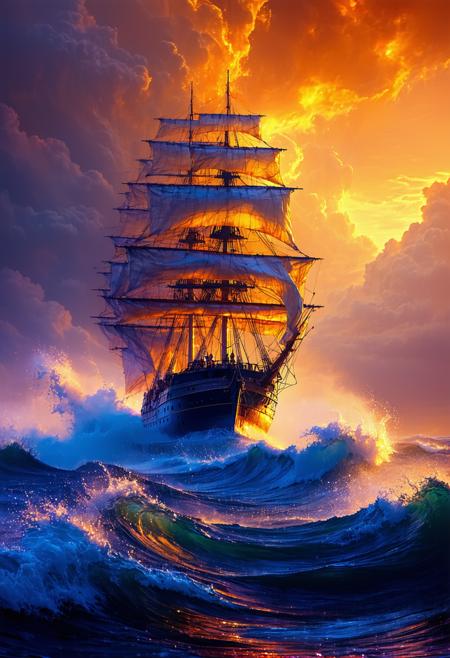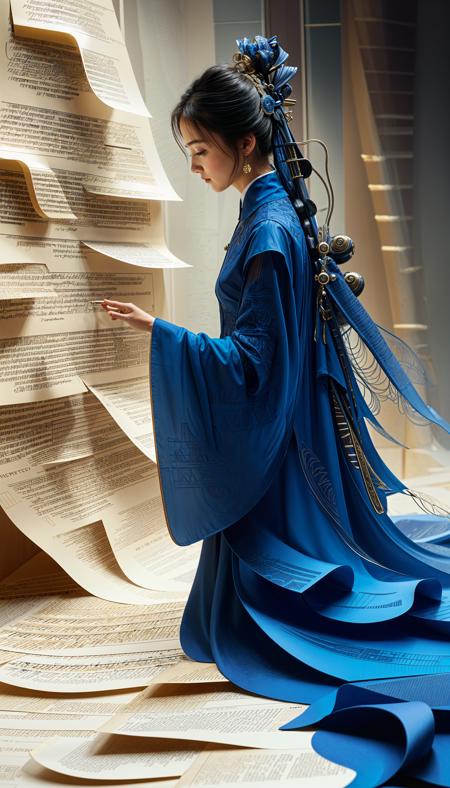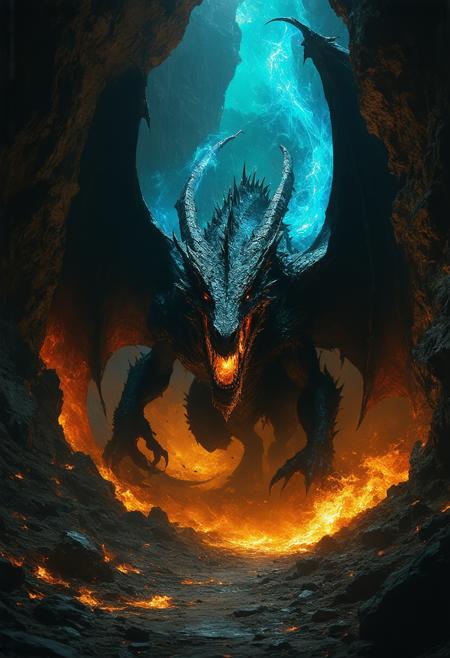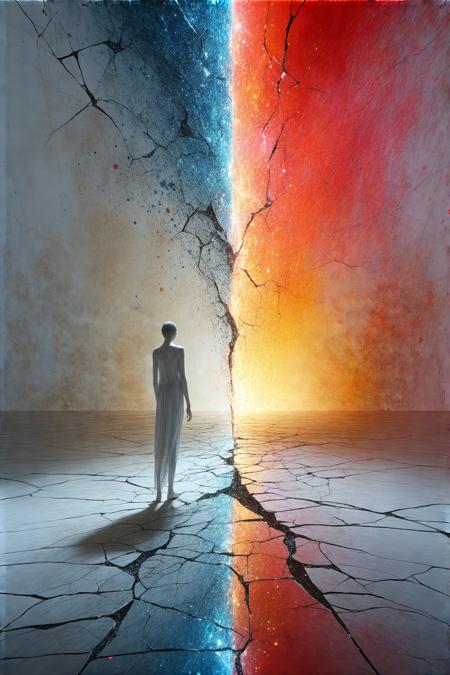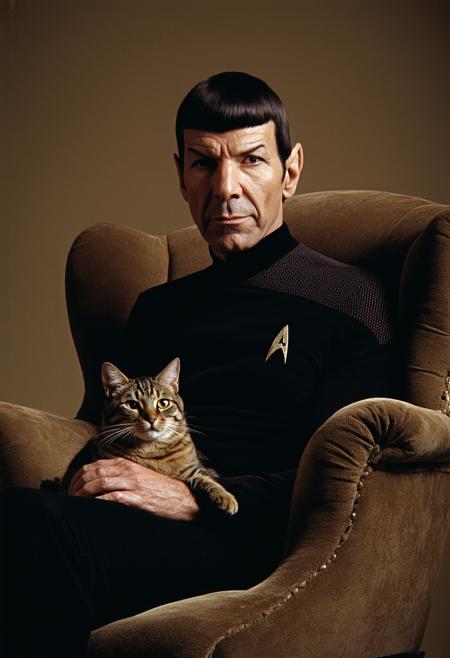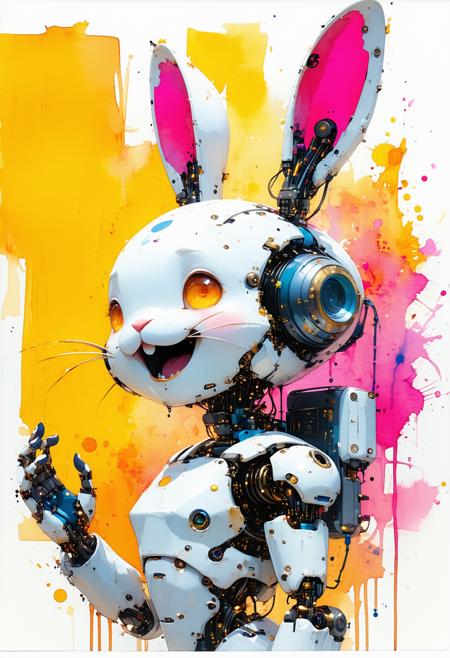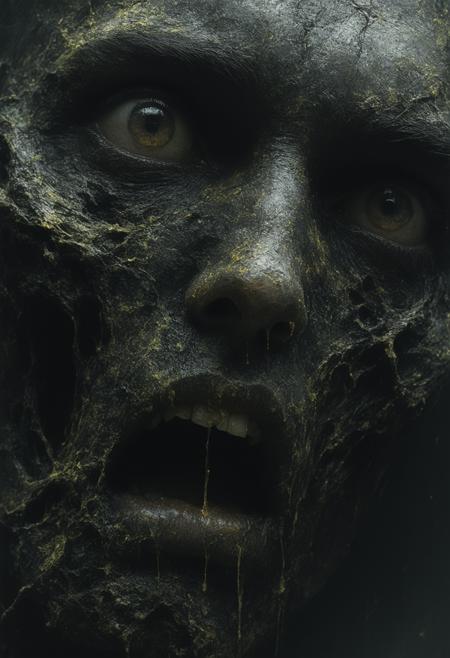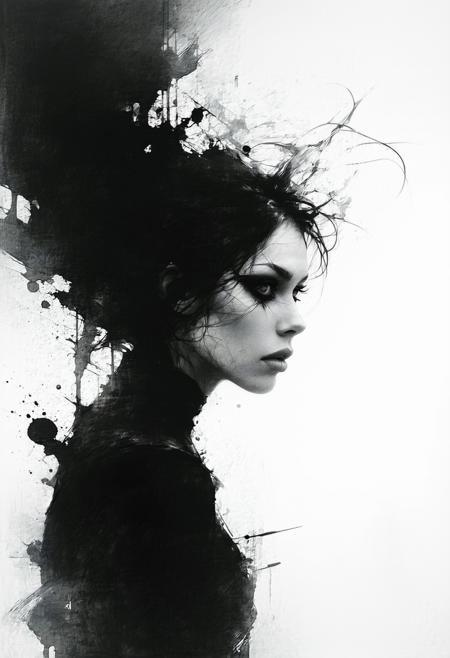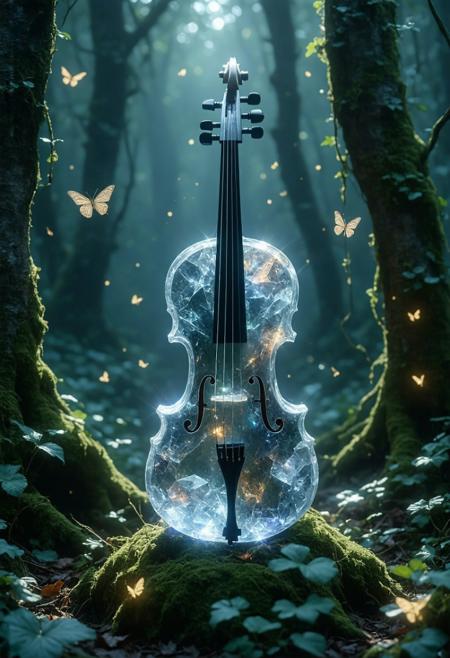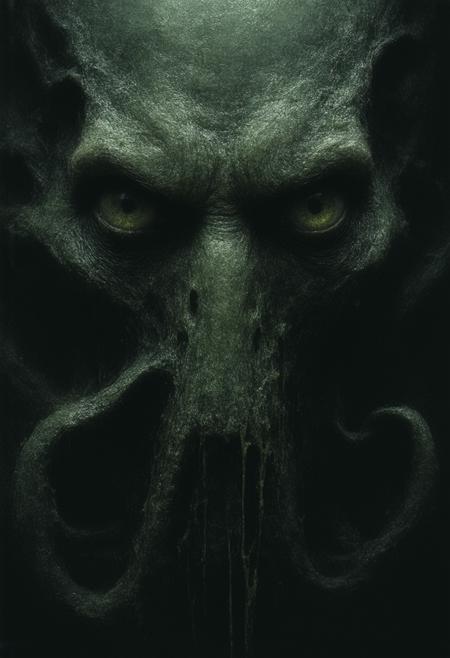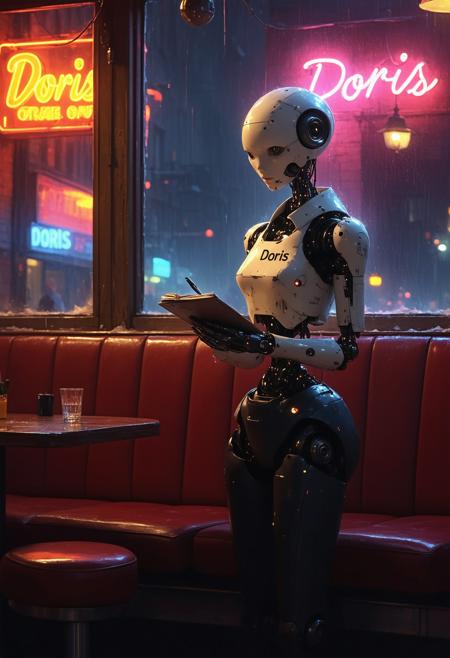A lone figure sits cross- legged beneath a gnarled tree in a snow- drenched valley, silhouetted against jagged indigo mountains. Stark minimalism guides the composition: the figure anchors the foreground, while icy peaks recede into soft gradients of twilight. Styled after Zao Wou- Ki’s abstract landscapes blended with Marlene Dumas’ emotive strokes, the scene contrasts a crimson robe against bone- white snow and slate- blue shadows. Diffused cobalt light bathes the terrain, textures alternating between glass- smooth gradients and bark’s rough grit. Mood teeters between serenity and tension—crisp air hums with stillness, the tree’s roots clawing earth like veins, symbolizing fragile harmony between human resolve and winter’s indifference
